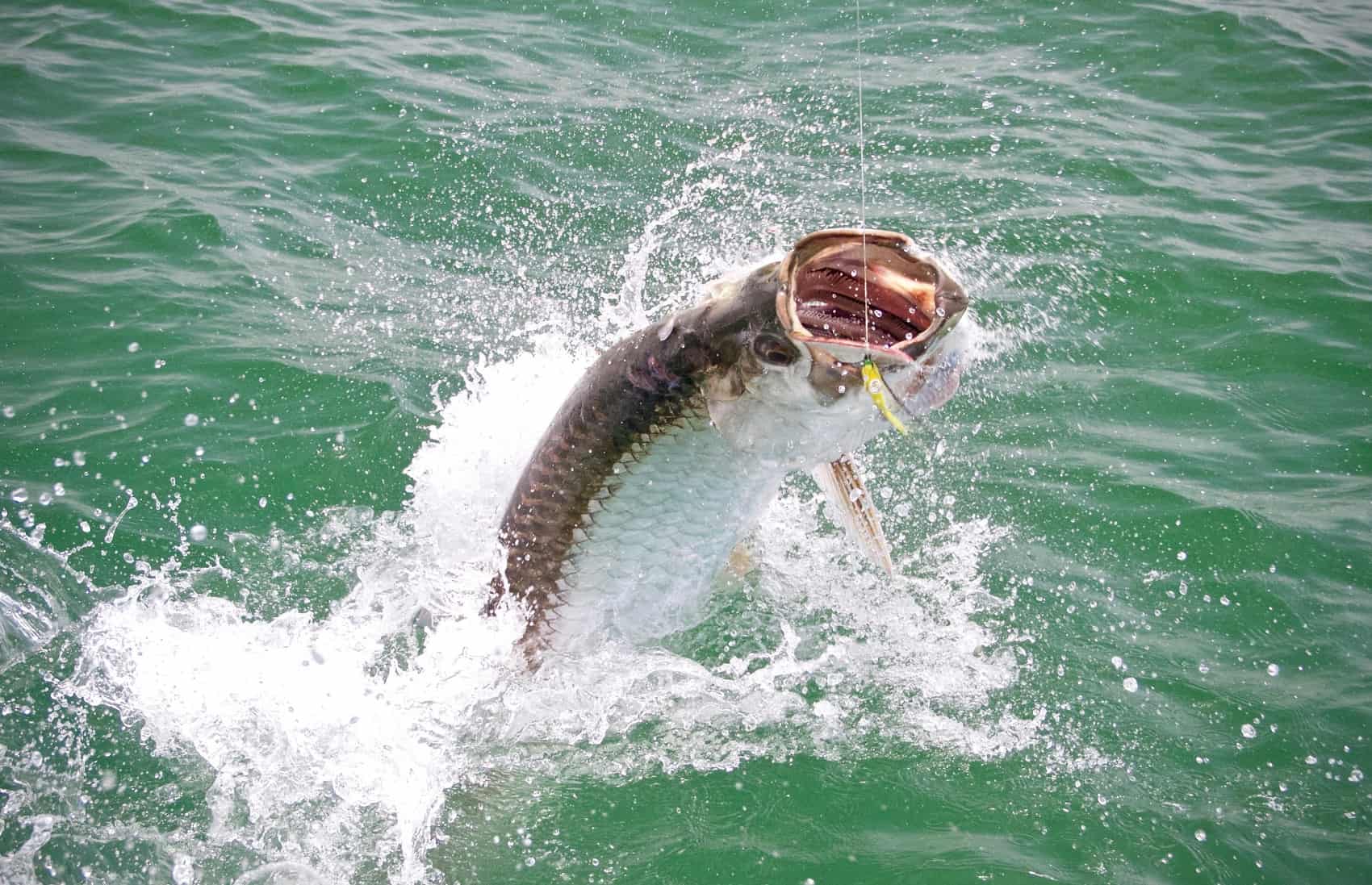Oscar Villalobos was on a mission. The talk around town was that Pejeperro Lagoon, between Matapalo and Carate on southwestern Costa Rica’s Osa Peninsula, had opened up to the Pacific Ocean because of heavy rains. The week before, locals had caught lots of snook up to 30 pounds, casting jigs into the surf. Villalobos wanted in on the action.
It is not an easy task to get there. Fishing from a boat is impossible because of the big surf. The only possible way to catch fish is from shore. The nearest place to park a vehicle is at the elementary school at Río Oro, and from there it’s a one-hour walk in soft, hot volcanic sand. If you have any luck fishing, the walk back is worse with the additional weight of a few nice snook or snapper.
With a pair of rods over his shoulder and a handful of white bucktail jigs, Villalobos finally arrived to find a couple of locals already making a few casts.
“Any snook around?” he asked.
“Not one,” they replied, “but since yesterday we’ve caught 16 sábalos (tarpon).”
In no time, Villalobos hooked five tarpon and landed two. The size of the tarpon being landed by the group ranged from just a few pounds up to about 40 pounds.
Tarpon, Megalops atlanticus, is an Atlantic species not indigenous to Pacific waters. The Caribbean side of Costa Rica is world-famous for its tarpon fishery.
The first time I encountered a tarpon in Pacific waters was in 1995 in the Golfo Dulce. I was fishing up near Río Esquinas when I saw one roll on the surface near the boat, then another, and another. I thought I was going crazy. I asked some of the locals about it, and they suggested I may have seen a school of milkfish. A milkfish looks strikingly similar to a tarpon; in fact, Ticos call it sábalo falso, “false tarpon.” They average about 40 inches. The fish I had seen were much bigger.
Several years later, one of my captains here on the southern Pacific coast brought a 37-pound fish into the dock that caused quite a stir. He had never seen a fish like it before, and said it jumped like crazy when the customer hooked it. I took one look at it and laughed. I thought to myself that I hadn’t been crazy after all, all those years ago; I had indeed seen a tarpon on the Pacific.
My theory was that the tarpon had passed through the Panama Canal and somehow made their way up to the Pacific side of Costa Rica.
The Panama Canal almost didn’t get built. There was a big controversy as to whether sea snakes from the Pacific would be able to pass through the canal and set up residence in Caribbean waters. A study finally showed they couldn’t make the passage through the canal because they do not enter freshwater, and the canal was constructed. The same doesn’t hold true for various types of fish. Snapper, snook, certain types of jack and tarpon enter freshwater at will. Tarpon often travel from the Caribbean Sea all the way up the Río San Juan and make camp in Lake Nicaragua, on the Pacific side of Nicaragua.
Over the past few years, my customers have hooked a few tarpon every year and have caught tarpon over 125 pounds. My captains now know to release them if the angler is lucky enough to keep a hook in them long enough to get them boatside. But it wasn’t until recently, when locals started catching small tarpon here, that I realized there is no way these little guys are swimming all the way up here from the Panama Canal; tarpon must be breeding in the Pacific as well.
I contacted marine biologist Didiher Chacón, president of Widecast, the Wider Caribbean Sea Turtle Conservation Network, in Costa Rica. Chacón did an extensive study on tarpon on the Caribbean side of the country 20 years ago.
There are very few baby tarpon in the most popular fishing areas of the Caribbean coast. The habitat is not suitable for juveniles. But down near the Panamanian border in the wetland estuaries, Chacón found tarpon as small as two inches. He said Pejeperro Lagoon is suitable habitat for juvenile tarpon. Tarpon larvae make their way from the ocean into the mangrove estuary, where they develop.
“The chance that someone carried those tarpon across the country and placed them in the lagoon is very slim,” he said. “It is quite possible tarpon are breeding in the Pacific, but it would take genetic sampling to be absolutely sure where they originated.” He went on to say the fish could be originally from the Costa Rican, Panamanian or even Venezuelan tarpon populations.
Wherever they are from, it is exciting news.






